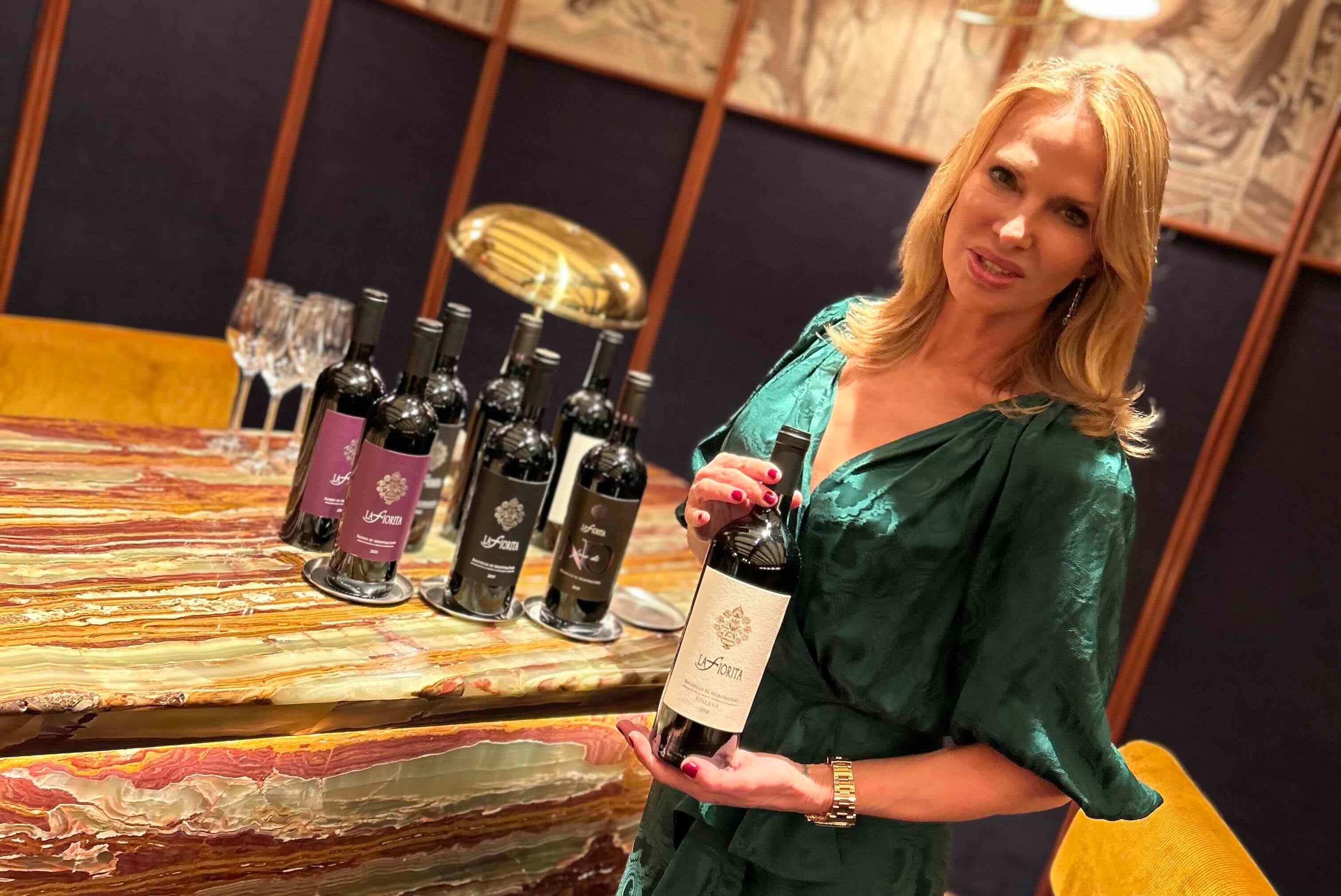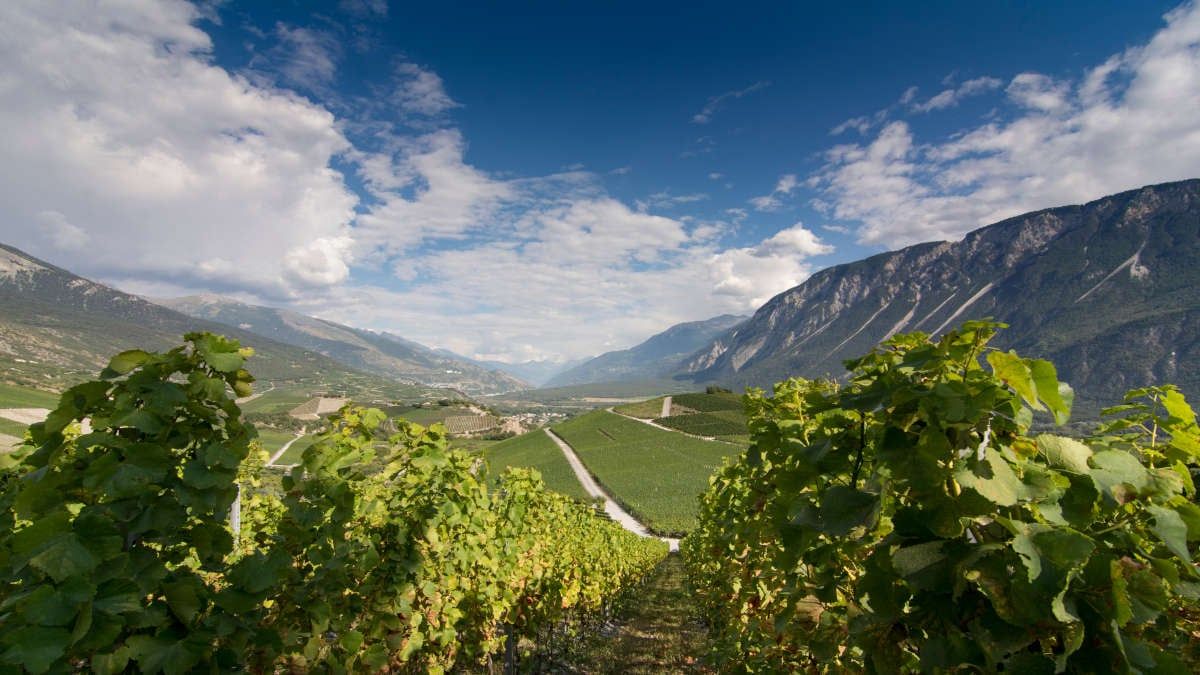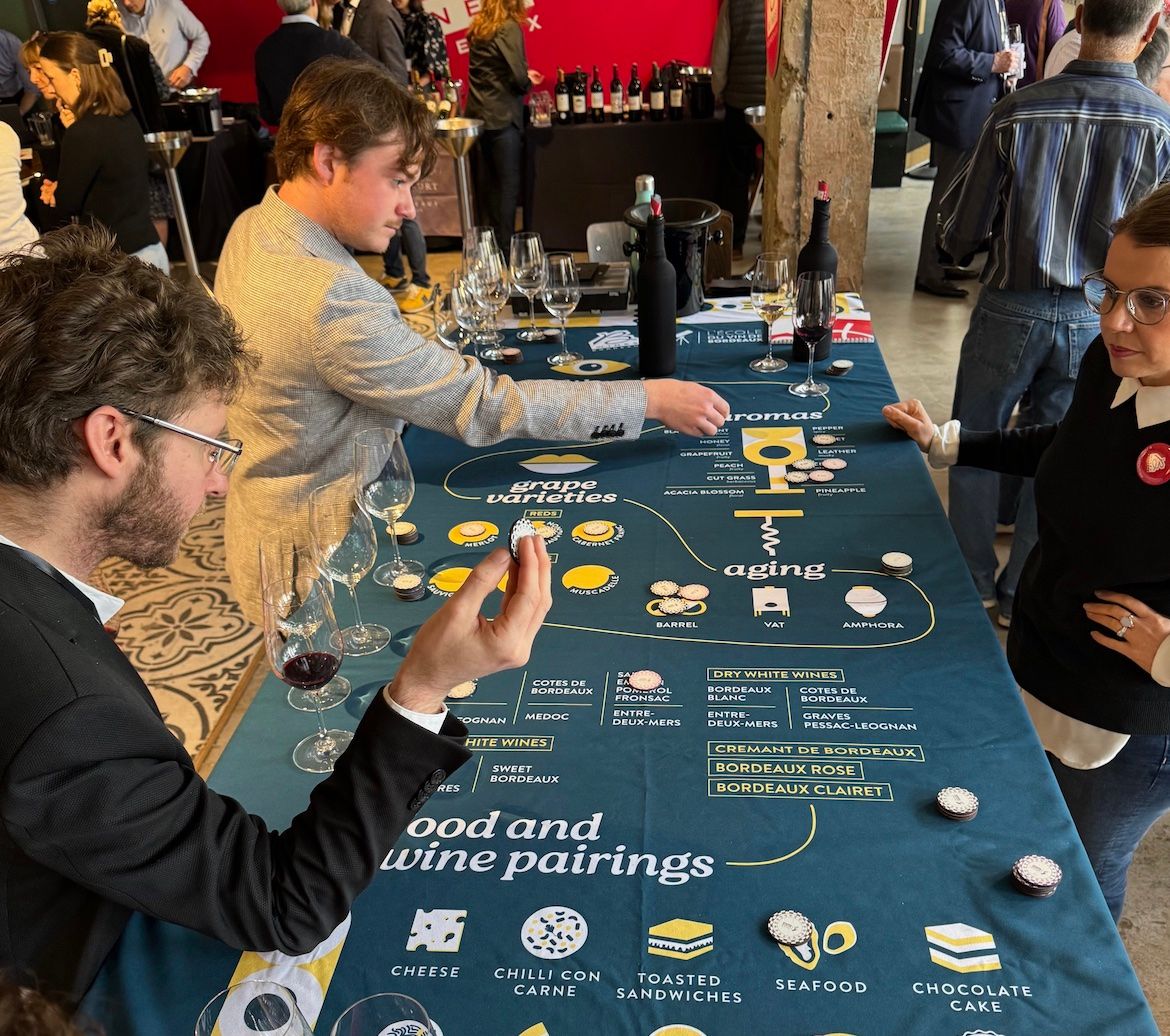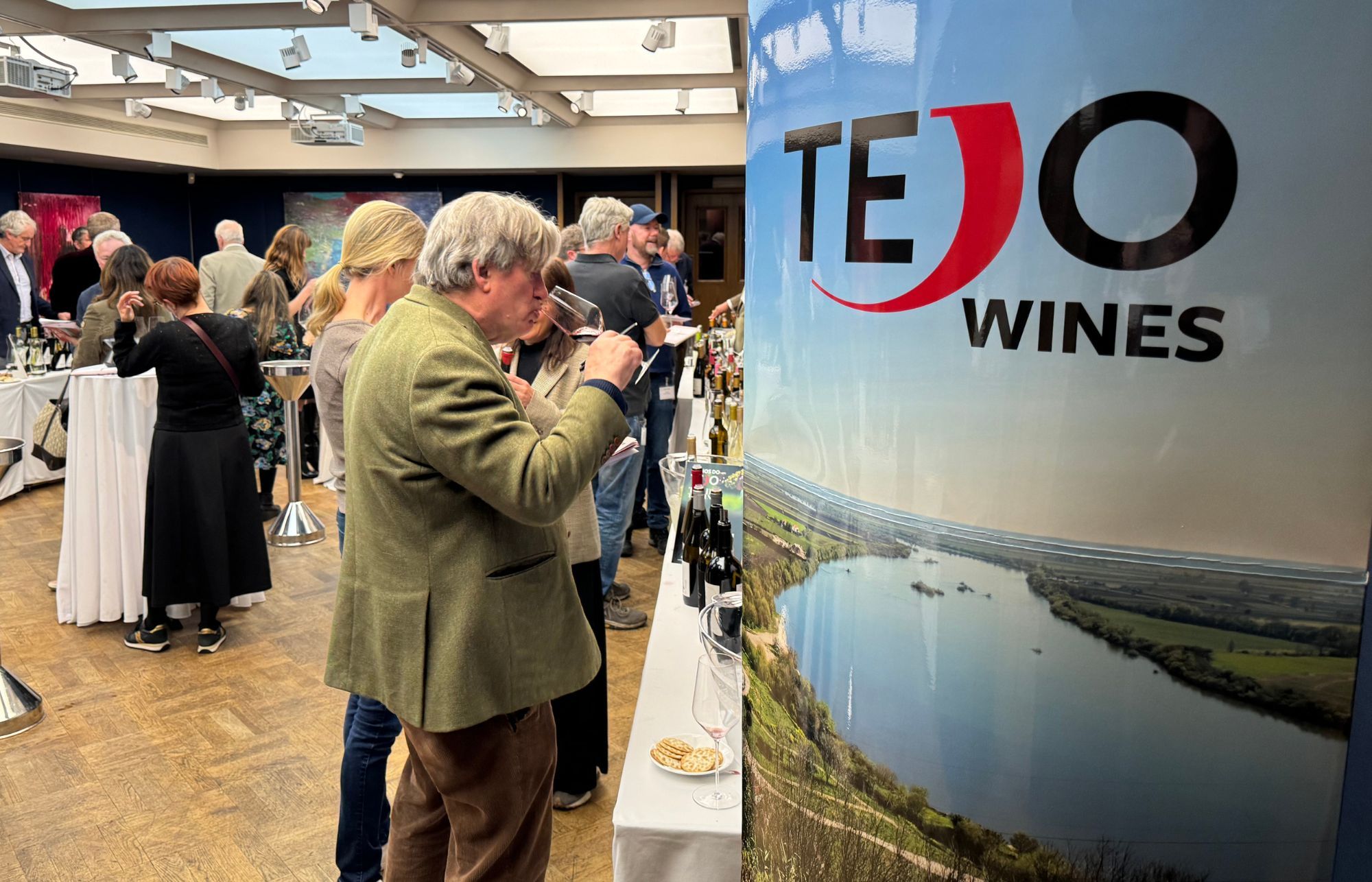“Another key target for the CIVP is to continue the message that Provence rosé fits plenty of occasions and dinner options,” writes Turner.
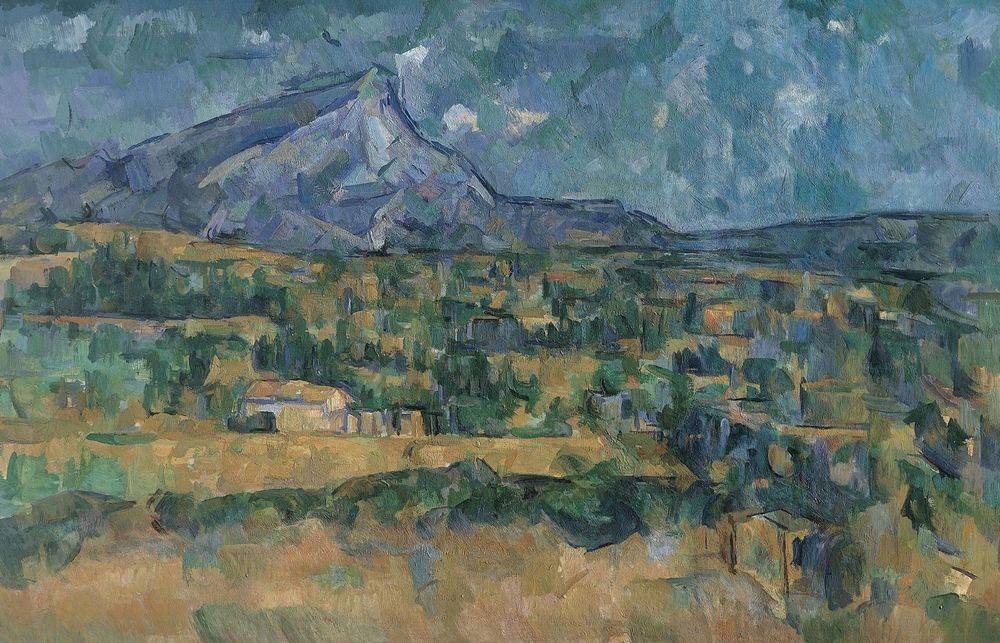
Montagne Sainte-Victoire: one of five additional terroir designations
Provence knows rosé. It’s been specialising in the production of these light pink bottles of joy since the early 20thcentury. When other regions scorned the idea of making rosé, or seemed content to put their ‘red-winemaking-by-products’ on the market, Provence soldiered on. And my how it’s paid off! From Cannes to Canberra, from Hollywood to the Hamptons, Provence rosé adorns the shelves of bars and restaurants the world over. It’s been so successful that, whether they like to admit it or not, other wine regions are now having to chase the Provence-style just to register sales. As Oscar Wilde once said “imitation is the sincerest form of flattery.”
Although other styles of wine are made in the region, it’s clearly dominated by the production of rosé, with its unique brand of “pink gold” representing 90% of production at nearly 1.3m hL. But for a region so reliant on this style it puts huge importance on the continuous evolution of its market, its drinkers and even its vineyards. I recently attended an online talk by the wonderful David Kermode, where he divulged the key elements of how the region was changing to adapt and move forward.
A region increasingly aware of its terroir
As fame and attention have hit the region, so have the eyes of progressive winemakers, keen to put a stamp on historical (and recently discovered) differences in terroir. Across the hills, mountains, coastlines and valleys, the wines of Provence are already spilt into three main AOCs. The largest being Côtes de Provence AOC (71% of production), followed by Coteaux d’Aix-en-Provence AOC and Coteaux Varois en Provence AOC at 18% and 11% respectively.
Each of the different AOCs has its own mix of favourable factors such as a strong sunlight, poor and well drained limestone and schist soils, and exposure to the cooling Mistral wind. Coteaux d’Aix-en-Provence AOC, for example, is bordered by the Rhône and Durance rivers, rich in limestone soils. Coteaux Varois en Provence AOC, on the other hand, is noted for its cold winters allowing the vines to rest and recuperate ready for the following growing season.
The large Côtes de Provence AOC stretches from the sea up to mountainous hinterland. Covering such a large area, it now also includes five so-called DGCs, or additional terroir designations: Sainte-Victoire sits to the far west of the AOC and is dominated by the mountain of the same name, with a more continental feel as well as deep calcerous soils; Fréjus, on the other side to the far east, sits at the foot of the Esterel Massif and is subject to unrelenting land and sea breezes; La Londe is full-on seaside, with the largest coastline of any of the DGCs and sea breezes covering the schist and sand soils; Pierrefeu, to the north of La Londe, is Provence’s so-called Golden Triangle, sitting at a confluence of extreme maritime and continental climates; and Notre Dames des Anges is one of only two land-locked DGCs, and named after a chapel on the highest peak in the region, surrounded by stunning natural wilderness.
These five may not be household names right now, but as vignerons continue to use these terms and accentuate the terroir differences, it feels only a matter of time before wine lists and online descriptions will need rewriting to reflect these specifics.
Future proofing Provence
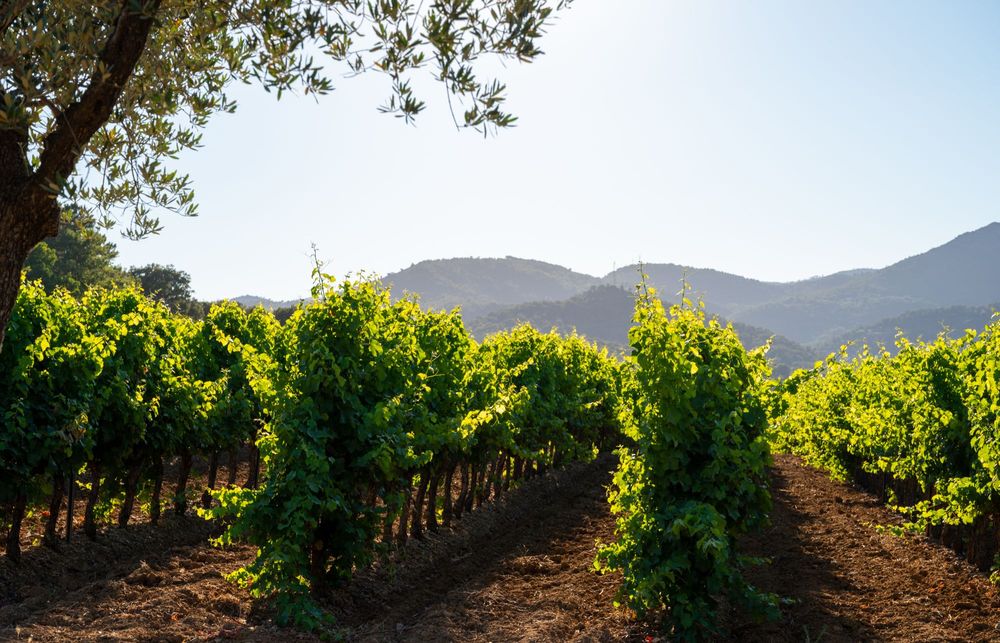
The ambitious aim is for 100% of the vineyards to have some sort of recognised and audited environmental accreditation by 2030
In a world where many wine regions are searching for new markets and new drinkers, Brand Provence is certain of its edge. It’s sexy, it’s warm and it’s selling the glorious lifestyle of this gorgeous part of the South of France. And they know it. The Vins de Provence wine board, the CIVP, has recently embarked on a new series of premium branding, working with luxury brand photographer extraordinaire, Philippe Jarrigeon. The photographs of the young, pretty things from across the staff of the upmarket bars across Provence, photographed with stunning landscapes in the background shows exactly how much style and sense of place means to these wines.
But it’s not just about style when looking to the future. The substance is there in the shape of ambitious sustainability targets. Through the Le Centre du Rosé, the only research centre in the world dedicated to rosé wine, the focus is on maintaining the key drivers of freshness, fruit and balance in the wines – not straightforward given the changing climate.
“The 2022 vintage, in particular, saw even more reliance on the skill of grape growers and winemakers to ensure the vines were well managed through the heatwave and drought,” revealed Kermode. “It was so important to maintain acidity levels and the freshness.” 2023 looks set to follow the trend.
In September 2021, Provence launched the first wine industry project, EnViProv, as part of the nationwide “FRANCE RELANCE” recovery plan designed to revitalise the French economy and speed up environmental, industrial and social change in post-Covid France. Running until September 2023, it aims to structure the transition to agroecology in the Provence wine region including support for environmental certification and implementation of practices that embrace a virtuous circle. The ambitious aim is for 100% of the vineyards to have some sort of recognised and audited environmental accreditation by 2030.
Right now over half the vineyards have achieved this target, with a 26% increase in the last 12 months alone. Around a quarter of vineyards are organic, and 37% of the vineyards are now part the government’s HVE sustainability programme, with a near 50% rise since EnViProv started. Although it would seem that vintages are set to remain challenging across the globe, with extreme weather patterns across the seasons, producers in Provence are continuing to do all that they can do to future-proof their production.
Food friendly wines fit for any table

Another key target for the CIVP is to continue the message that Provence rosé fits plenty of occasions and dinner options. It’s not just for a summer terrace. The tie-up between the wine producers and high-end hospitality that has boomed in recent years is a testament not only to a brilliantly executed strategy of wine tourism and selling the landscape and lifestyle, but also to get customers going home happy to open bottles when they go home to their own kitchens and try to recreate their holidays.
“Summer salads and salmon fillets always spring to mind when we talk about food pairing with Provence rosé,” mused Kermode. “But they really are wines that can work throughout.”
This is especially true as more producers look to experiment with lees ageing and oak barrels to add texture to the famous freshness. From more regional dishes such as roasted vegetables with Provençal herbs, lamb chops and pan-fried duck, to food from across the world, including (as I have been fortunate enough to discover) almost everything on a teriyaki menu. Slightly less luxury, but equally as important, has to be turkey and cranberry sandwiches on Boxing Day that I recommend anyone try.
3 great Provençal wines to ‘taste the terroir’
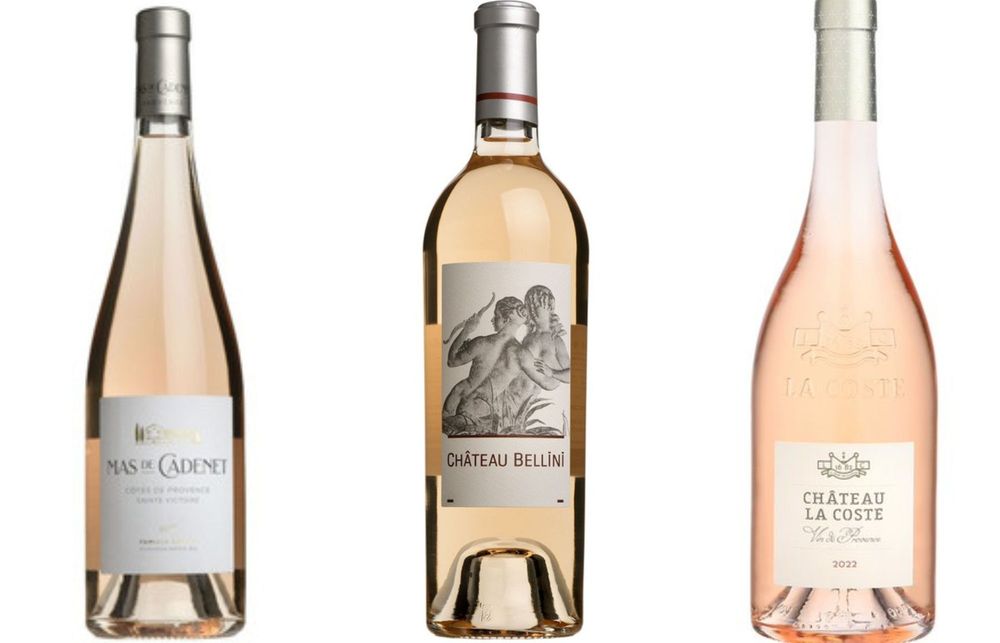
Famille Negrel, Mas de Cadenet, Côtes De Provence Sainte Victoire
Multi-generational set-up on the slopes of Montagne Saint-Victoire, Mas de Cadenet is its flagship rosé. More vibrantly fruity, with cranberries, raspberries and white currants. Plenty of freshness on the palate with great levels of balancing acidity and grippy white pepper minerality. RRP £17, Imported by From Vineyards Direct
Château Bellini, Bellini Rosé, Coteaux Varois en Provence
The historic 10th Century estate, now owned by Tom Bove of Miraval fame who has set about huge regeneration works. Subtle cranberries, raspberries, peach, apricots and blood orange. As well as the acidity and minerality there’s subtle notes of sweet spice and nuts to make this a really fun gastronomic wine. RRP £17, Imported by From Vineyards Direct
Château La Coste, Coteaux D’Aix En Provence
Famed for its sculpture park and high-end tourism offering, it’s easy to forget that La Coste also makes superb Provence rosés. Surrounding the iconic building and art works, 200 hectares of vineyards, pine trees, olive groves and oaks, with flavourful grapes produced under organic and biodynamic principles. Rich, elegantly round with long flavours of crunchy white peach, apples, pears and red berries, with trademark minerality and finesse. RRP £25, Imported by Wanderlust Wines

